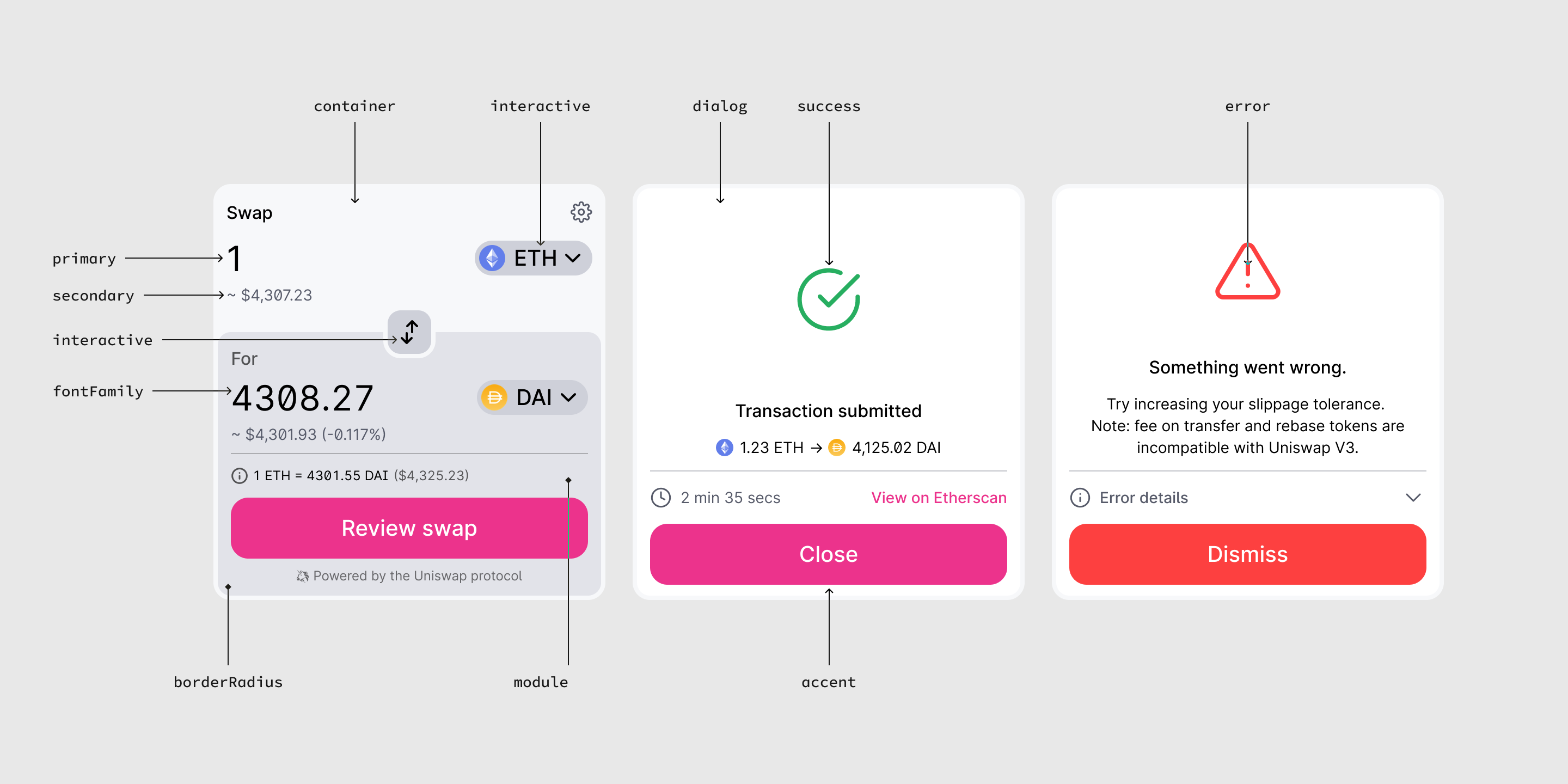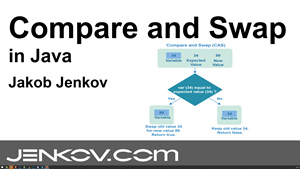The 3-Minute Rule for TrustSwap price today, SWAP to USD live, marketcap and chart


Heart Swap (move) - Bulbapedia, the community-driven Pokémon encyclopedia

How to Mine SWAP (XWP): Complete Beginner's Guide - by Hero Miners - Medium
All About Swap - Debian Wiki
4 112. 1 13. 0 18. 9 23. 7 33. 4 44. 8 74. 4 97. 6 11. 1 10. 1 12. 8 17. 4 21. 5 25. 6 38. 0 4. 0 5. 0 6. 2 7. 9 11. 6 15. 1 22. 3 1. 1 1. 2 1.

Swap Spread Definition
0 2. 7 3. 3 3. 5 Source: "The Global OTC Derivatives Market at end-December 2004", BIS, , "OTC Derivatives Market Activity in the Second Half of 2006", BIS, Major Swap Individual [edit] A Major Swap Individual (MSP, or in some cases Swap Bank) is a generic term to describe a monetary institution that helps with swaps between counterparties.
A swap bank can be an international industrial bank, a financial investment bank, a merchant bank, or an independent operator. A swap bank serves as either a swap broker or swap dealer. As a broker, the swap bank matches counterparties but does not presume any danger of the swap. The swap broker receives a commission for this service.
Swap Classes - UMass Boston Things To Know Before You Get This

As a market maker, a swap bank wants to accept either side of a currency swap, and after that later on on-sell it, or match it with a counterparty. In this capacity, the swap bank presumes a position in the swap and for that reason assumes some risks. Additional Info is clearly more risky, and the swap bank would get a part of the money flows travelled through it to compensate it for bearing this risk.
These reasons seem uncomplicated and difficult to argue with, particularly to the level that name recognition is truly essential in raising funds in the worldwide bond market. Firms using currency swaps have statistically higher levels of long-term foreign-denominated debt than firms that utilize no currency derivatives. On the other hand, the primary users of currency swaps are non-financial, international companies with long-term foreign-currency funding needs.
Financing foreign-currency financial obligation utilizing domestic currency and a currency swap is therefore superior to funding directly with foreign-currency financial obligation. The 2 primary reasons for swapping rates of interest are to much better match maturities of assets and liabilities and/or to acquire a cost savings via the quality spread differential (QSD). Empirical evidence recommends that the spread in between AAA-rated industrial paper (floating) and A-rated commercial is slightly less than the spread in between AAA-rated five-year obligation (fixed) and an A-rated obligation of the same tenor.
